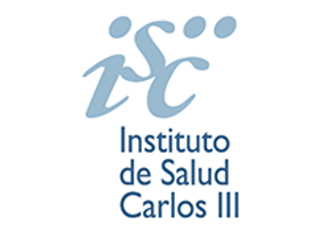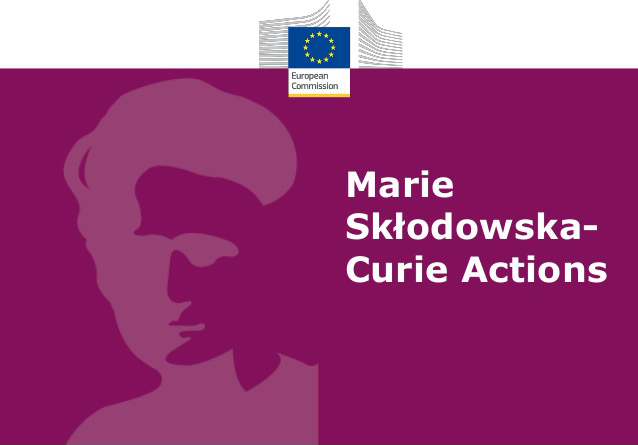Project details
Funding: MSCA Postdoctoral Fellowships 2022. HORIZON-MSCA-2022-PF-01
Project coordinator: IMDEA Materials
Project period: 01/04/2023 – 31/03/2025
IMDEA Materials' researchers
Supervisor: Dr. Javier Llorca
Fellow: Bruno Filipe Gomes Ribeiro
Abstract
Metal nanoparticles have shown high efficacy against various pathogenic microorganisms, including antibiotic-resistant strains, being a very promising solution for the development of novel therapies. Leishmaniasis is a neglected tropical disease, caused by obligatory intracellular parasites of the Leishmania genus. In their human host, they thrive inside the acidic environment of parasitophorous vacuole of mononuclear phagocytic cells, such as macrophages. Leishmaniasis can manifest itself either through disfiguring skin lesions (cutaneous leishmaniasis), or by reaching the spleen, the liver or the bone marrow (visceral leishmaniasis). According to the World Health Organization (WHO), it threatens more than 350 million people worldwide. There is no vaccine, and current treatments are long and difficult, based on toxic, expensive drugs that are becoming ineffective due to the development of resistance. The MetaLeish project aims to develop a new treatment against leishmaniasis based on biodegradable metal nanoparticles (BMPs). Metals such as Zn and Mg are widely considered biocompatible, being biodegradable in the human body. Moreover, they possess antimicrobial properties and an immunomodulatory action. Due to their small size, these particles can reach the parasitophorous vacuole of an infected phagocytic cell, and kill the parasite. For this purpose, Zn and Mg BMPs will be produced through the spark discharge technique. Then, BMPs aggregation in PBS or cell culture medium will be optimized, if necessary through functionalization or encapsulation steps, in order to achieve a stable colloidal suspension to be applied in in vitro assays. Lastly, BMPs efficacy against Leishmania parasites internalized in phagocytic cells will be accessed, and the mechanisms through which they are internalized by
infected-macrophage cells and exert their anti-Leishmania action will be thoroughly described
Partners


Funded by


Funded by the European Union under Grant Agreement 101110142. Views and opinions expressed are however those of the author(s) only and do not necessarily reflect those of the European Union. Neither the European Union nor the granting authority can be held responsible for them.
